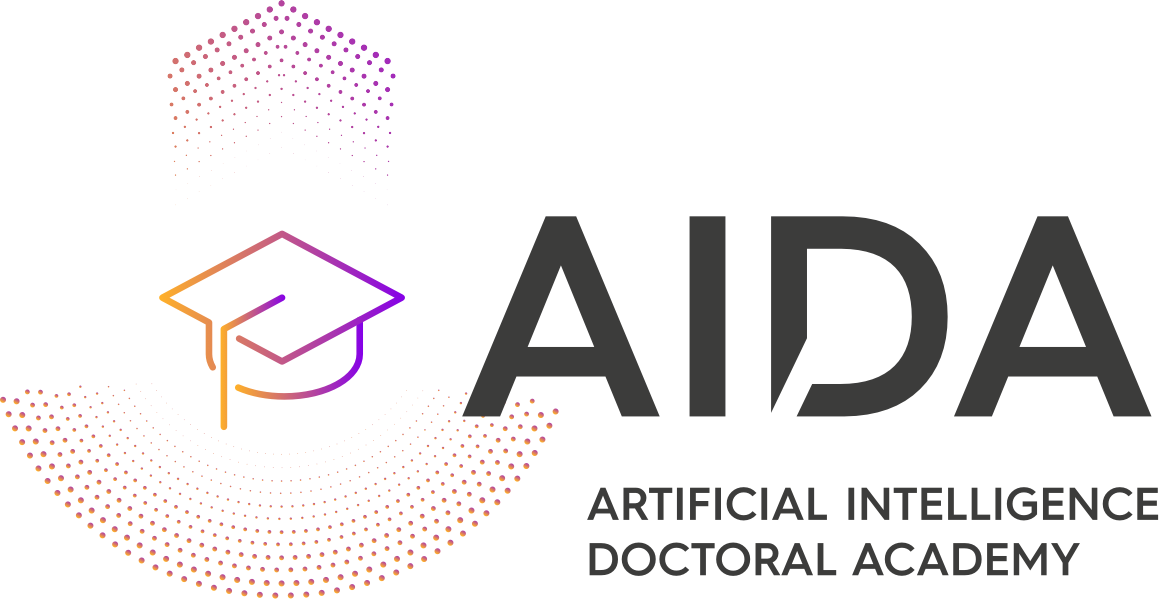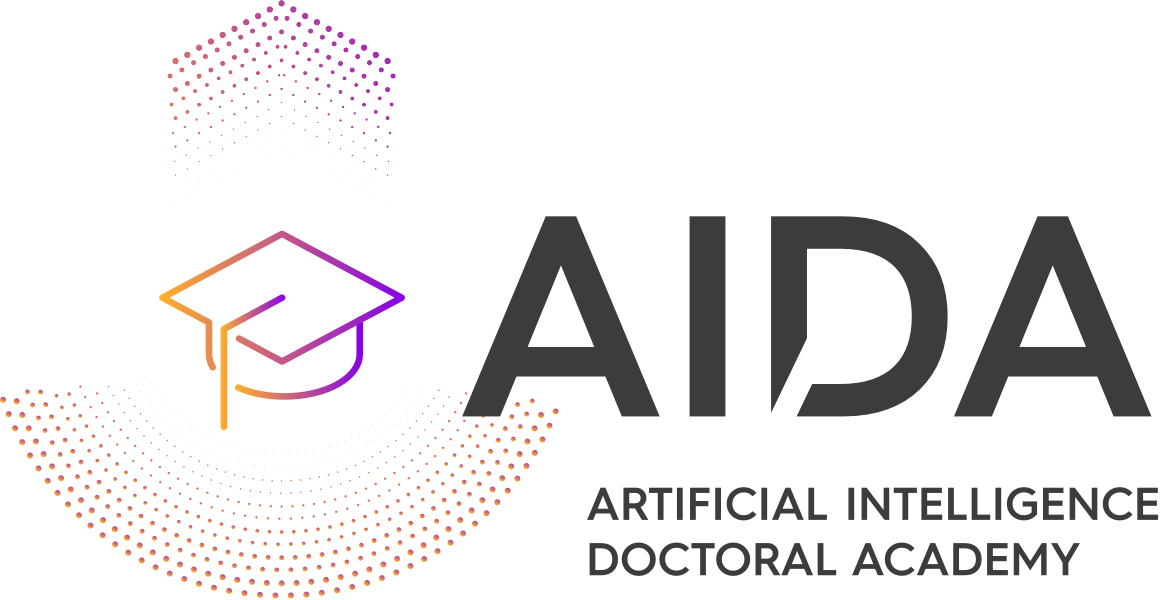Dmitriy Shutin







Accurate modeling and estimation of airborne materials, such as gases, smoke, or particulate matter, are critical for effective disaster response, particularly in the context of both natural and manmade disasters. In scenarios where traditional visual sensors cannot reliably detect the material of interest, it is crucial to understand its spatio-temporal dynamics in order to coordinate an effective response. This includes not only the actions of robotic systems but also those of human responders. This talk discusses a novel approach that integrates domain-specific knowledge of material propagation dynamics, modeled using Partial Differential Equations (PDEs), with Sparse Bayesian Learning (SBL) techniques to detect and localize sources of airborne materials. Additionally, the approach leverages cooperative estimation strategies within a network of robots tasked with gathering in-situ material concentration measurements. By employing Green’s functions method to tackle a solution to a PDE, coupled with the adjoint state method, a gradient-based optimization framework is developed for source localization, enabling super-resolution of source positions. Green’s functions, which are typically challenging to compute analytically, are learned through extensive simulations instead, allowing for the accommodation of arbitrary boundary conditions and domains. By combining these learned representations with SBL, the method is capable of identifying sparse source supports, thereby indirectly inferring the number and locations of active sources. The required numerical computations are performed cooperatively across the agent network, facilitating information sharing and improving the overall estimation process. This talk will provide an overview of the theoretical foundations and algorithms underpinning this approach, alongside results from simulations to demonstrate its effectiveness.













 Back
Back

